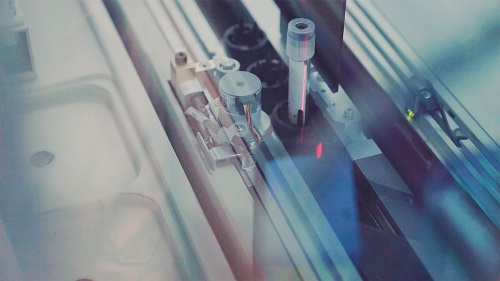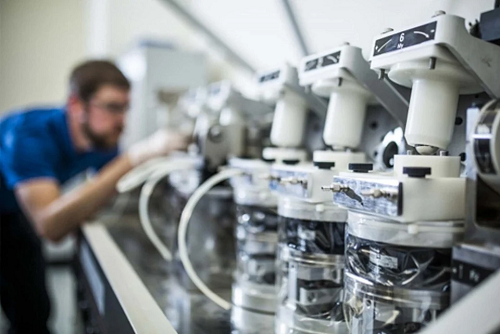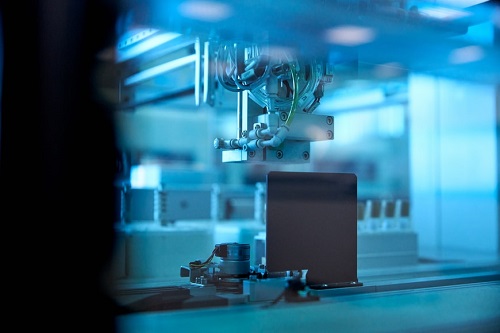Analyzing the Differences between CERs for MDR versus MDD
Implementing the MDR or Medical Device Regulation will bring significant changes to the process of Clinical Evaluation and subsequent post-market compliance requirements. This, of course, is a significant concern for medical device manufacturers in the EU. Some changes may be relatively minor, such as the change in terminology from Essential Requirements to General Safety and Performance Requirements; others may have a significant impact on the need for clinical evidence and evaluation, leading to modifications in CER processes and collection of additional data from clinical investigations to support a product undergoing review along with an improved quality management system.
One of the primary differences between MDD and MDR is that the latter has a larger scope. At a glance, this is obvious. For example, the MDD includes 23 Articles and 12 annexes, while the MDR comprises 123 articles and 17 annexes.
Impact of EU MDR on CERs
- More strict requirements for CERs, e.g., grounds of establishing an equivalence with another medical device.
- Greater emphasis on Clinical data and Investigations, including the quality of data and processes considered in the clinical evaluation
- Improved Post Market Surveillance system
- Enhanced examination of CERs by Notified Bodies (NBs)
Background to Changes in the MDR

The premarket Clinical Evaluation requirements described in Part 1 of Annex X of the existing MDD have long been considered unclear. The Guidance document MEDDEV 2.7/1 Clinical evaluation: Guide for manufacturers and notified bodies details the expectations of the European authorities in this regard.
In comparison to the MEDDEV, which introduces the concept of a Clinical Evaluation Plan (CEP) but does not elaborate on the subject, the MDR explicitly states the required elements of the CEP, explaining the regulatory requirements now needed to meet the European standards.
These elements consist of information typically gathered as part of the Clinical Evaluation Process, such as
- intended purpose
- target groups
- methods and parameters used to determine the acceptability of the benefit-risk profile, and residual risks and side-effects
In addition to the existing requirements, Annex XIV includes additional items requiring more detail for the Clinical Evaluation Plan than had previously been included in the CER.
The current MDR requirements also mandate that a Clinical Development Plan be included as a part of the Clinical Evaluation Plan, comprising a long-term view of the planned clinical investigations related to the product, ranging from feasibility studies up until post-market clinical follow-up studies.
Part A of the new Annex XIV
Focuses on the premarket phase and extends Part 1 of the current MDD Annex X. While it is still less detailed than the current MEDDEV 2.7/1, the new requirements include:
- A Clinical Evaluation Plan (content is specified)
- An Evaluation of clinical data, and
- Clinical Evaluation Report (CER)
Part B of the new Annex XIV
Focuses on the postmarket phase.
Significantly expanded requirements compared to the current MDD (Annex X 1.1C)
Post Market Clinical Follow-up (PMCF) has been expanded upon as compared to the current MEDDEV 2.7/1 and includes:
(a) detailing the new requirements for the PMCF Plan
(b) introducing the requirement for a PMCF Evaluation Report
Clinical Investigations

Class III products and implants
Typically, all class III products and implants require a clinical investigation unless they fall into the list of defined exceptions. With regard to when clinical investigations are needed in this category, the MDR consists of a few more specifications than those included in the MDD or MEDDEV.
However, despite the increasingly stringent requirements for “sufficient clinical evidence,” the MDR does not explicitly state when clinical investigations will be required for classes I, IIa, and IIb devices. Here, the MEDDEV provides more guidance than that present in the MDR.
Active implantable medical devices (AIMDs)

Medical devices that were previously covered by their separate directive are now under the scope of MDR. Additionally, the medical devices directive only considered ancillary medicinal products that contained animal materials.
The MDR now covers medical devices incorporating ancillary medicinal products derived from human blood. Also, medical devices, including non-viable human tissues, are now allowed.
Equivalent devices

Though allowed by the MDR, the use of equivalents is likely to become more complex, especially for Class III devices having additional requirements.
- A thorough, comprehensive literature review of devices having similar technical, biological & clinical specifications may help identify equivalent devices and provide an understanding of the current state of the art.
- Sales literature from comparable products and services can help provide a useful product review that will often include helpful pictures and diagrams.
- The establishment and defense of an equivalence claim, regardless of a device class, will require the demonstration of “sufficient levels of access to the data.”
- The objective is to demonstrate that the device under evaluation is substantially equivalent in terms of safety and effectiveness to the aforementioned equivalent devices (technically termed predicates).
Post Market Surveillance (PMS):

An integral part of the manufacturer’s Quality Management System (QMS), the PMS system actively and systematically gathers, records, and analyses data on the quality, performance, and safety of a device throughout its entire lifetime.
In accordance with the MDR, manufacturers must plan, establish, document, implement, maintain, and update a PMS system.
Some critical features of the PMS System are
- Based on the device classification and risk classification, specific PMS reports are required to be prepared and updated periodically.
- The periodic report is subject to review by the notified body for class III and implantable devices.
- The PMS system’s requirements and uses for the data gathered, detailed requirements for a PMS plan, and incorporating a Post-Market Clinical Follow-up (PMCF) plan are provided within the MDR.
- In the event that PMCF is not deemed as an essential component of the PMS plan, this must be justified and documented.
In contrast, the MDD mentions the conduct of PMS and PMCF but provides no detailed requirements.
Post Market Clinical Follow up (PMCF) and Periodic Safety Update Report (PSUR)

A continuous process that updates the clinical evaluation, PMCF is a critical element of the overall PMS plan, which is conducted in accordance with a PMCF plan.
Manufacturers must prepare a PMS report for class I devices, update it when necessary, and share it with the competent authority upon request.
For class IIa, class IIb and class III devices, manufacturers must prepare a periodic safety update report (PSUR) for each device category or group of devices.
For class IIb and class III devices, the PSUR should be updated at least annually and for class IIa devices when necessary (at least every two years).
For class III devices or implantable devices, the PSURs are submitted to the notified body, who reviews the report and prepares an evaluation. The PSUR and notified body evaluation is made available to the competent authority.
Vigilance

MDD:
- Provides an outline of the responsibilities of competent authorities
- The conformity assessment annexes incorporate requirements for manufacturers to report events.
EU MDR:
Most of the information previously contained in guidance has clearly been incorporated into the legal text.
Change in terminology:
- Reportable events are now called serious incidents, whereas incidents or non-serious incidents refer to what were previously called non-reportable events.
- The EU MDR uses the terms “Adverse Events” and “Serious Adverse Events” only in the context of premarket clinical investigations.
- The number of exemption rules in the EU MDR that prevented the need to report events have been reduced significantly; the only exception is for expected side-effects that are clearly detailed in the product information and contained in the technical documentation.
- Since temporary, severe deterioration in health is unequivocally reportable, the scope of reporting has been increased.
- The timeline for reporting all other events (excluding serious public health threats or death or unanticipated serious deterioration in health) has been decreased from 30 days to 15 days.
As the implementation of the EU MDR becomes a more imminent reality, manufacturers should start collecting data to satisfy the more stringent clinical evaluation requirements. Compliance will entail meeting post-market surveillance requirements with greater emphasis on risk management, post-market clinical evaluation, and ensuring conformity to new specifications through the device lifecycle.
